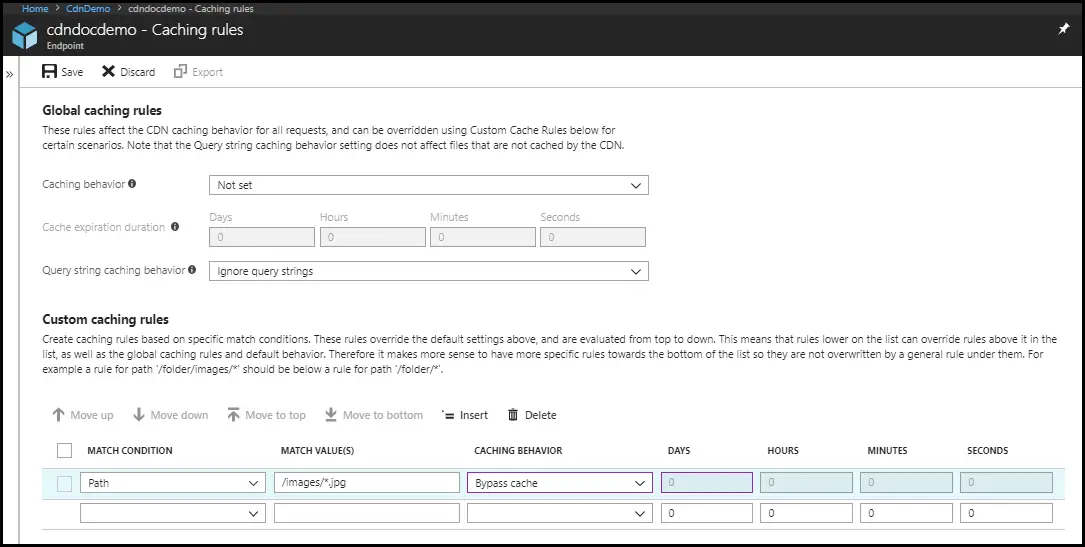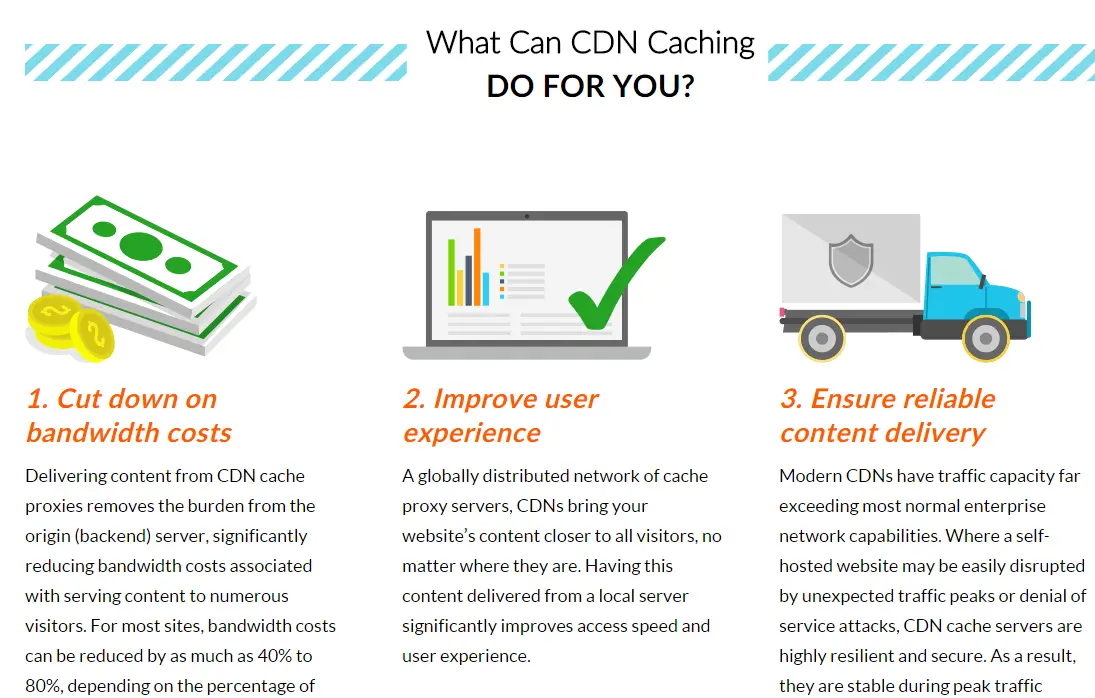Dynamic Content Caching Strategies for CDN

Caching dynamic content on a CDN presents challenges due to its inherent variability. Here are effective strategies to overcome these obstacles:

1. Partial Caching:

- Cache only immutable elements of the dynamic content, such as headers, footers, and templates.
- Store only these elements for a limited period before refreshing them.
2. Edge Caching:
- Deploy CDN nodes at the network edge, closer to end-users.
- Cache dynamic content at edge nodes for faster delivery to users in specific regions.
3. Content Versioning:
- Create multiple versions of the same dynamic content, each with a unique URL.
- Cache different versions based on user-specific parameters (e.g., location, language).
4. Surrogate Keys:
- Assign a unique identifier (surrogate key) to each version of dynamic content.
- Use the surrogate key to cache the content and avoid serving stale versions.
5. ESI (Edge Side Includes):
- Embed ESI tags within the dynamic content to instruct the CDN to dynamically assemble the final page.
- The CDN fetches and caches individual elements of the content as needed.
6. Server-Side Caching:
- Cache dynamic content at the origin server instead of the CDN.
- Serve cached content directly from the origin if it is still valid.
7. Invalidation Strategies:
- Establish efficient strategies to invalidate cached content when it changes.
- Use HTTP headers (e.g., Cache-Control, ETag) to inform the CDN of content updates.
8. Hybrid Caching:
- Combine different caching strategies to optimize performance for specific content types and use cases.
- For example, cache static elements via traditional CDN caching and use edge caching for frequently updated dynamic elements.
9. Monitoring and Analytics:
- Monitor CDN cache performance and analyze user behavior to identify areas for improvement.
- Collect data on cache hit rates, latency, and content freshness to refine caching strategies.
Benefits of Dynamic Content Caching on CDN:
- Reduced latency and improved load times
- Increased scalability and resilience
- Cost savings due to reduced bandwidth consumption
- Improved user experience and satisfaction## CDN Caching Strategies for Dynamic Content
Executive Summary
Caching strategies are crucial for optimizing the delivery of dynamic content through Content Delivery Networks (CDNs). This article explores effective CDN caching strategies that can enhance website performance, improve user experience, and reduce server load.
Introduction
Dynamic content refers to content that is generated in real-time based on user interactions or data. It is often found on e-commerce websites, social media platforms, and personalized news feeds. Caching dynamic content is challenging as it needs to be updated frequently to reflect changes in the content. Implementing appropriate CDN caching strategies can effectively mitigate these challenges.
FAQs
1. What is the benefit of using CDN caching for dynamic content?
- Reduces server load and improves website responsiveness.
- Provides faster content delivery to users by serving content from geographically distributed servers.
- Enhances user experience by minimizing page load times and eliminating lags.
2. How does CDN caching handle dynamic content that changes frequently?
- Implement intelligent caching algorithms to identify and cache content that is likely to be accessed frequently.
- Use cache invalidation mechanisms to remove outdated content from the cache when changes are made.
- Employ reverse proxies to manage cache requests and ensure consistency between the CDN and origin server.
3. What are the limitations of CDN caching for dynamic content?
- Can introduce latency if the content changes frequently and cache invalidation mechanisms are not effective.
- May not be suitable for all types of dynamic content, such as highly personalized content that is unique to each user.
- Can increase CDN storage costs if not managed efficiently.
Top 5 CDN Caching Strategies for Dynamic Content
1. Cache Purging
- Purging refers to the process of removing outdated content from the CDN cache.
- Implement automated purging mechanisms triggered by content updates or based on pre-defined rules.
- Use invalidation tags or HTTP headers to notify the CDN when content changes, enabling targeted purging.
2. Edge Caching
- Edge caching involves storing content on servers located close to the end-user’s location.
- Reduces latency and improves page load times by serving content from the nearest edge server.
- Optimizes the delivery of dynamic content, such as personalized recommendations or localized content.
3. Cache-Control Headers
- Cache-control headers are HTTP headers that provide instructions to the CDN on how to cache content.
- Define the cacheability of content, specifying whether it should be cached or not.
- Control the duration for which content is stored in the cache before it becomes stale.
4. Smart Caching
- Smart caching involves using algorithms to identify and cache content that is likely to be accessed frequently.
- Analyzes user behavior, content popularity, and traffic patterns to make caching decisions.
- Improves cache hit rates and reduces the need for cache purging.
5. Reverse Proxies
- Reverse proxies act as intermediaries between the CDN and origin server.
- Manage cache requests, ensuring consistency between the CDN and origin server.
- Provide additional caching capabilities, such as load balancing and content transformation.
Conclusion
CDN caching strategies are essential for optimizing the delivery of dynamic content. By implementing effective caching mechanisms, organizations can enhance website performance, improve user experience, and reduce server load. It is crucial to evaluate the specific requirements of your website and implement a caching strategy that aligns with your content needs and user behavior.
